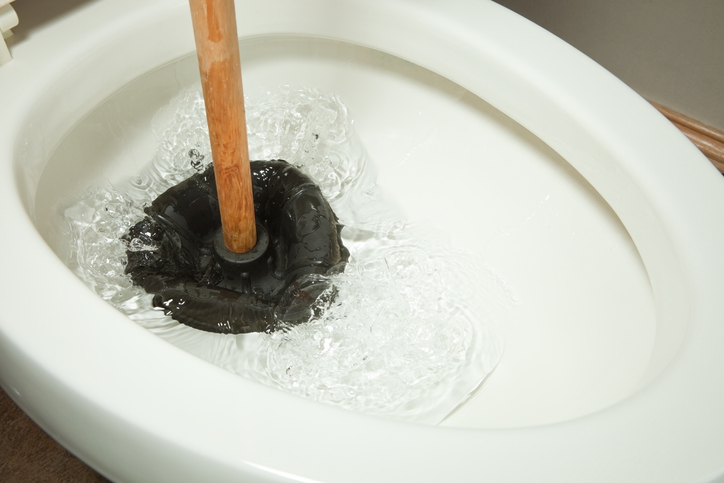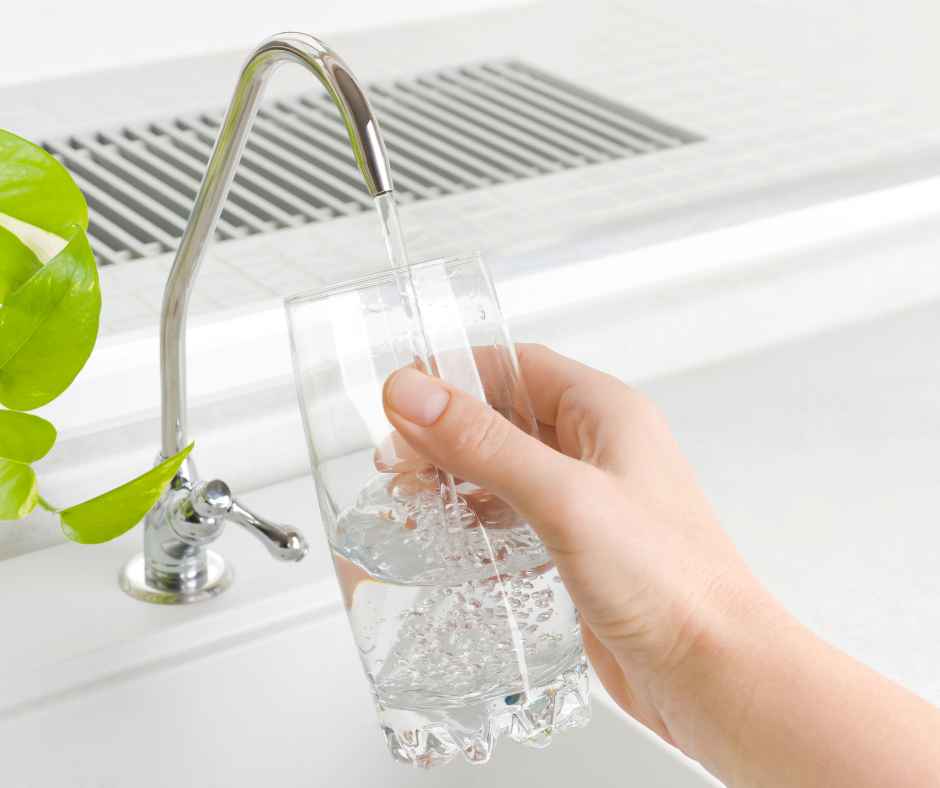the East Side & Beyond!

Plungers, How to Unclog a Toilet
November 27, 2018
The plunger. No household is fully equipped without it. In fact, it’s the worst when you are at a friend’s house and inadvertently plug up their commode. There are a few of us out there who have experienced this mortifying moment which becomes even worse when you can’t find a plunger handy with which to eliminate all evidence that the massacre even took place. No one wants to have to ask a friend for a plunger.
Plungers may have a messy job but they are extremely convenient and can clear a clog with just a few thrusts about… 90 percent of the time. Did you know there are various types of plungers out there? In efforts to help you choose wisely, we’ve put together a little information for you:
Differences in plungers
There are two types of popular plungers out there, the cup plunger and the flange. It’s best to have at least one of each in your home because each one serves its purpose a bit differently to its counterpart.
- The Cup Plunger: You know the plunger with the wooden handle and rubber cup looking end? This is the cup plunger. This plunger may work on clearing a clog in your toilet, but it probably doesn’t always do the job as well as you hoped it would. The reason for this is that the cup plunger works best on flatter surfaces to get adequate suction, which of course makes it less than ideal for the curved surface of most toilets. The cup plunger actually works best when the emergency isn’t in the toilet but rather in the sink, bathtub or shower.
- The Flange: This type of plunger works much better for the toilet. It is designed with an extra ring of rubber around the cup. So, when the flange is inserted into the toilets drain it can get a better hold and suction. The extra ring actually helps seal in the air allowing each thrust to increase in power, forcing the clog to release. If this type of plunger is the only one you have in your household it is possible to attempt to clear a sink or tub drain by simply pulling the extra rubber ring back into the cup of the plunger before plunging.
Best way to plunge a toilet
There needs to be enough water for the plunger to be submerged. If there isn’t enough water for full submersion then as long as there is at least enough for the rim of the plunger cup to be covered you should be ok.
- Pull the flange of the plunger completely out and then place into the toilet bowl at an angle so that not only the plunger fills with water but also fully covers the toilet drain. If you don’t fully cover the drain or go in at an angle, then air will escape and reduce your force.
- Put some muscle into it; with both hands gripping the plunger firmly, begin to push down on the cup with force and then pull back while keeping the suction sealed. Doing this push-pull motion at a rapid pace should generally loosen the clog. Reposition the plunger if for some reason the energy you are exerting is only causing bubbles in the toilet bowl. Repeat this motion as many times as needed or until the bowl empties itself.
- If the toilet remains plugged the emergency water shut off is located in the tank. Remove the lid and adjust the rubber trap door in the middle of the tank as necessary.
- Once the emergency water shutoff is activated, flush the toilet. Hopefully, it’ll flush normally, and you can be done. If not retreat to the emergency shut off and push the flapper down over the hold, this will stop any potential overflow when flushing. Now, try again.
Best way to plunge a sink drain
- For a bathroom sink, block the overflowing drain with a wet washcloth. If the problem is in the kitchen sink cover any other drains as well. These tips will help give you adequate suction and compression to get the job done sufficiently.
- Cover the drain completely with the plunger and then run the faucet, filling the sink up with enough water to cover the cup.
- Similar to plunging the toilet, evenly push the plunger down and then up while keeping suction. Keep this motion going for however many thrusts the sink needs and you should feel the clog loosen.
- Once you have finished plunging, open the drain and see if the water drains properly. If not, try again.
- When you succeed, run a good amount of hot water down the drain to help flush out any extra debris.
Having a clogged toilet or sink can be frustrating but fortunately, our inconvenience can be met with convenience when we have the right tool on hand for the right problem. If you’ve used a plunger adequately and yet the clog remains, don’t hesitate to call The Plumbing Joint, we’re happy to handle it for you!
Recent News

What to Do If You Have a Hidden Leak in Your Seattle Home
December 12, 2025

Emergency Plumbing in Rainy Season: What Seattle Homeowners Need to Know
November 12, 2025

How Older Seattle Homes Hide Plumbing Nightmares
October 22, 2025

How to Prevent Burst Pipes in Older Renton Homes Without Full Repiping
September 15, 2025

Emergency Plumbing Checklist: What to Do Before the Plumber Arrives
August 13, 2025

How to Pick the Right Water Filtration System for Renton’s Water Quality
July 17, 2025


